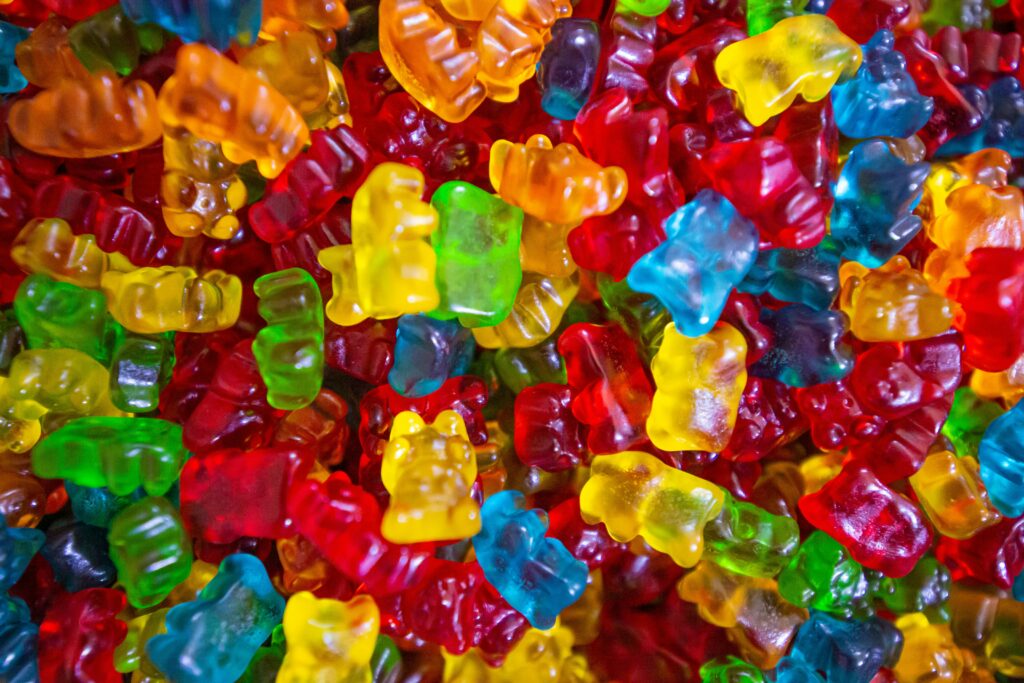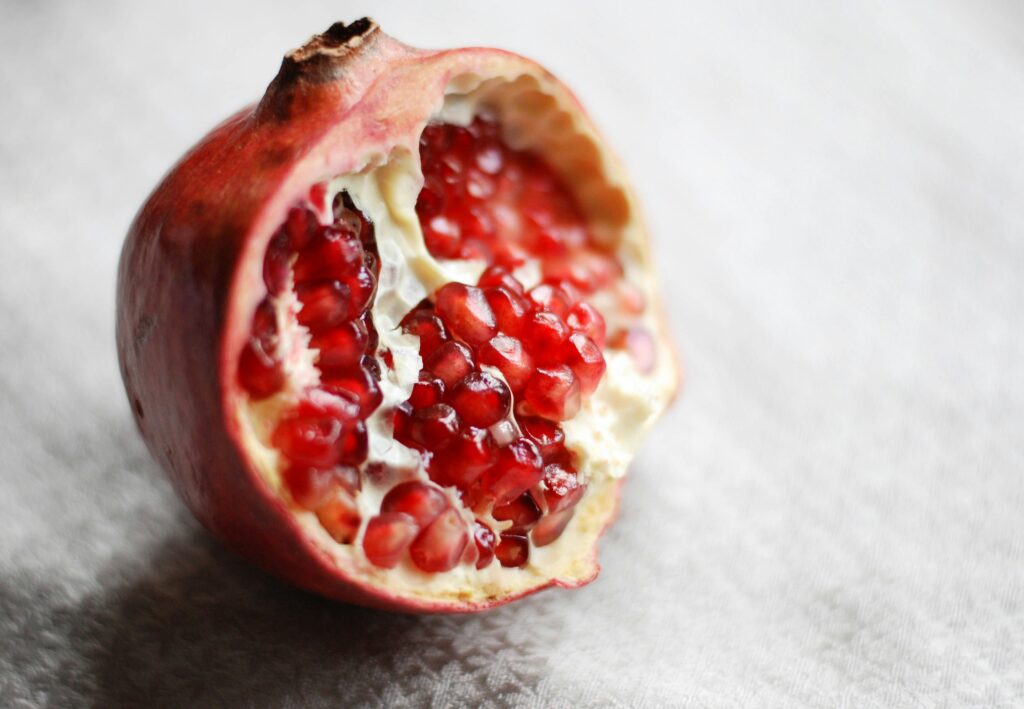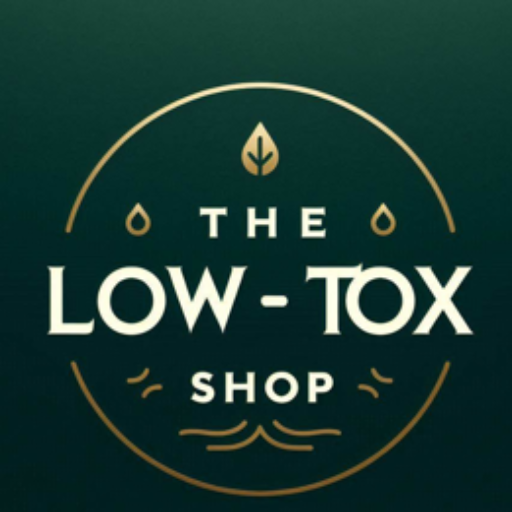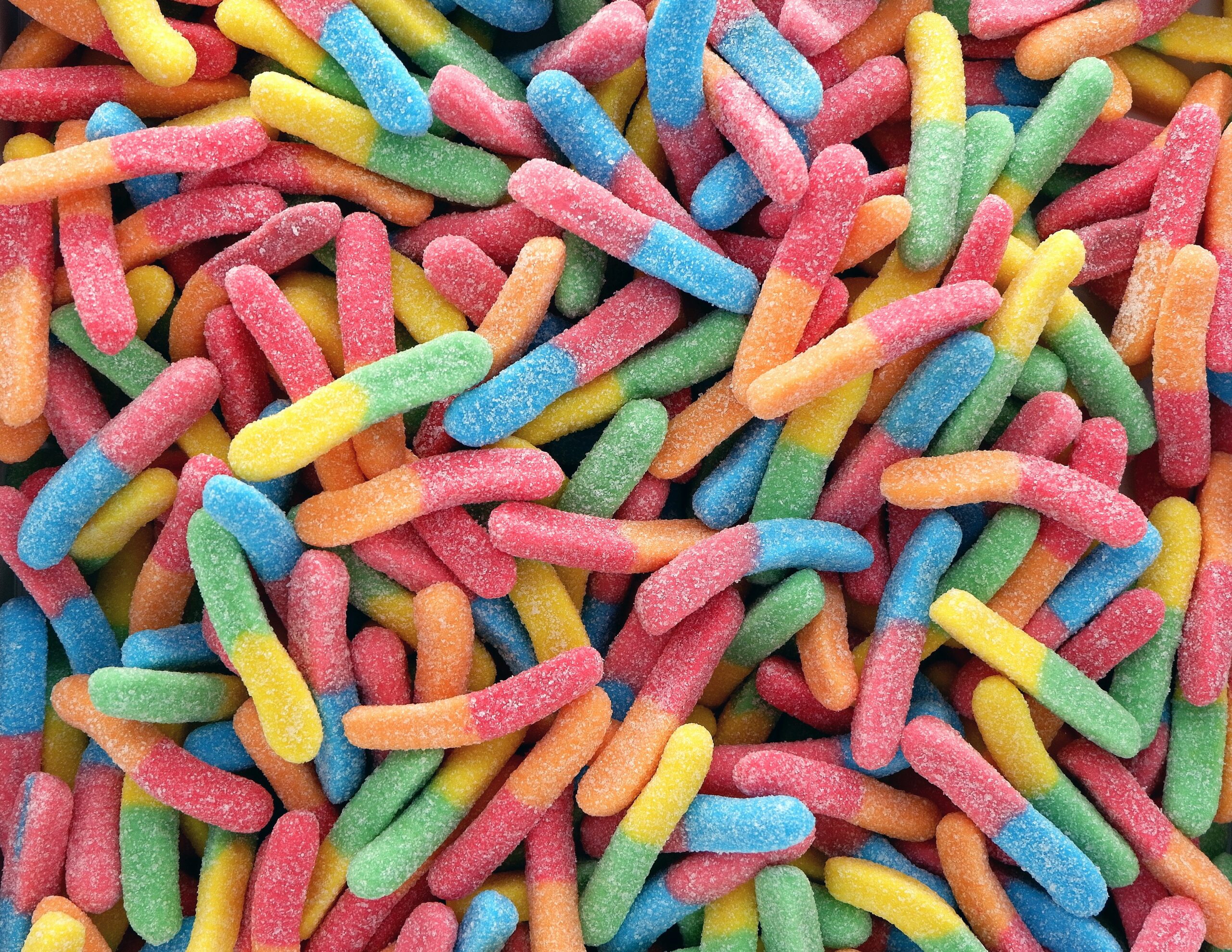Today, In 6 Minutes or Less, You’ll Learn:
- Why the FDA just banned Red Dye No. 3 and what it means for your health.
- The surprising health risks linked to artificial food dyes, including cancer, hyperactivity, and thyroid disruption.
- How to spot Red Dye No. 3 on ingredient labels—and which safer alternatives to choose instead.
Is Red Dye No. 3 Really That Bad? Here’s What the FDA Just Banned
At The Low Tox Shop, we believe informed choices lead to better health. That’s why this FDA ban is such a big deal—because it’s a wake-up call about what’s really in our food.
If you’ve ever eaten brightly coloured candy, fruit snacks, or even taken certain medications, chances are you’ve consumed Red Dye No. 3—an artificial food colouring that’s been around for decades. But in a major move, the FDA has officially banned Red Dye No. 3 in foods and ingested drugs due to its link to cancer (U.S. Food and Drug Administration [FDA], 2024).
So, what does this mean for you? Should you be avoiding artificial food dyes altogether? And what safer alternatives exist? Let’s break it down.
What Is Red Dye No. 3, and Why Was It Banned?
Red Dye No. 3 (erythrosine) is a synthetic dye used to give a bright red or pink hue to foods, drinks, and medications. It has been a controversial ingredient for decades, with growing concerns over its potential health risks.
Key Facts About Red Dye No. 3:
- Found in candy, baked goods, cereals, fruit snacks, maraschino cherries, and even some medications (Center for Science in the Public Interest, 2023).
- Banned in cosmetics and topical drugs since 1990 due to its cancer risk—but still allowed in food and oral medications until now (FDA, 2024).
- Linked to thyroid cancer in lab rats, prompting the FDA to finally ban it in all ingested products by January 2027 (CSPI, 2023).
This means that by 2027, manufacturers must remove Red Dye No. 3 from all food and medications—but until then, it’s still on shelves.
Health Concerns: What’s the Big Deal?
The Cancer Connection
The biggest reason for the ban? Studies show that high doses of Red Dye No. 3 cause thyroid tumours in rats (CSPI, 2023).
Under the Delaney Clause (a U.S. law prohibiting cancer-causing additives), any substance linked to cancer in animals must be removed from human food and drugs (FDA, 2024).
Expert Insight: “Red Dye No. 3 has been shown to cause thyroid tumours in rodents, and its effects on human health cannot be ignored,” warns researchers from the National Toxicology Program (CSPI, 2023).
A study published in Environmental Health Perspectives also found that Red Dye No. 3 has estrogenic and DNA-damaging activity in human breast cancer cells, raising concerns about its role in promoting tumor growth (Ding et al., 2006).
Beyond Cancer—Other Potential Health Risks
- Hyperactivity in Children: A study published in Environmental Health found that synthetic food dyes, including Red No. 3, may contribute to hyperactivity and attention issues in certain children (Bateman et al., 2022).
- Endocrine Disruption: Some research suggests that Red Dye No. 3 may interfere with thyroid hormone function, though more studies are needed to confirm its long-term effects (CSPI, 2023).
For biohackers and those focused on longevity, eliminating synthetic dyes is a crucial step toward reducing toxin exposure and supporting metabolic health.
What This Means for You
- If you have kids: Be extra mindful of dyes in snacks, as children are more sensitive to their effects.
- If you’re into biohacking: Eliminating artificial dyes may improve focus, mood, and metabolic function.
- If you have thyroid concerns: This is one more reason to support your thyroid naturally and reduce exposure to synthetic additives.
How to Avoid Red Dye No. 3
The good news? Avoiding Red Dye No. 3 is easier than you think—but it requires checking ingredient labels carefully.
Common Products That May Contain Red Dye No. 3:
- Candies (gummy bears, Skittles, jelly beans, fruit chews)
- Processed snacks (fruit roll-ups, coloured cereals)
- Sodas and energy drinks
- Medications (chewable vitamins, cough syrups, pills with red coatings)
- Baked goods with pink or red frosting

Pro Tip: Check the ingredient list for “Red 3” or “Erythrosine”—if you see it, skip it.
Better Alternatives: Naturally Colored Foods & Dyes
If you still want vibrant colours in your food without the risks, look for natural alternatives:

- Beet Juice or Powder – Great for a rich red/pink colour in baking and smoothies.
- Pomegranate Juice – Adds a natural fruity red tint.
- Turmeric & Paprika Extracts – Perfect for yellow and orange hues.
- Spirulina & Blueberry Extract – If you’re looking for blue and purple alternatives.
Brands are already shifting toward using natural food colourings—so expect to see fewer artificial dyes on shelves in the coming years.
Key Takeaways
- Red Dye No. 3 has been linked to cancer and behavioural issues, leading to an FDA ban on its use in food and medication.
- It’s still found in many products today, so checking ingredient labels is key.
- Safer alternatives include natural colour sources like beet juice, pomegranate, and turmeric.
Your Next Step
Check your pantry for Red Dye No. 3 right now. Found any? Snap a photo and tag me on Instagram @TheLowToxShop to share what you found.
Found this blog useful?
⚡️ Don’t keep it to yourself—send this to a friend who’d love it too!
⚡️ Come tell me your biggest takeaway on Instagram @TheLowToxShop—I’d love to hear from you!
Citations & Research
Open the folder for Sources & Further Reading.
Bateman, B., Warner, J. O., Hutchinson, E., Dean, T., Rowlandson, P., Gant, C., & Grundy, J. (2022). The effects of artificial food colours on childhood behaviour. Environmental Health, 21(1), 1-12. https://ehjournal.biomedcentral.com/articles/10.1186/s12940-022-00849-9
Center for Science in the Public Interest. (2023). FDA urged to ban Red Dye No. 3 from foods and drugs. Retrieved from https://www.cspinet.org/cspi-news/red-3-fda-finally-bans-cancer-causing-food-dye
Ding, J., Adegoke, O. A., & Ouyang, X. (2006). Estrogenic and DNA-damaging activities of FD&C Red No. 3 in human breast cancer cells. Environmental Health Perspectives, 114(1), 1-8. https://pmc.ncbi.nlm.nih.gov/articles/PMC1469907
U.S. Food and Drug Administration. (2024). FDA revokes authorization for Red Dye No. 3 in food and ingested drugs. Retrieved from https://www.fda.gov/food/hfp-constituent-updates/fda-revoke-authorization-use-red-no-3-food-and-ingested-drugs


